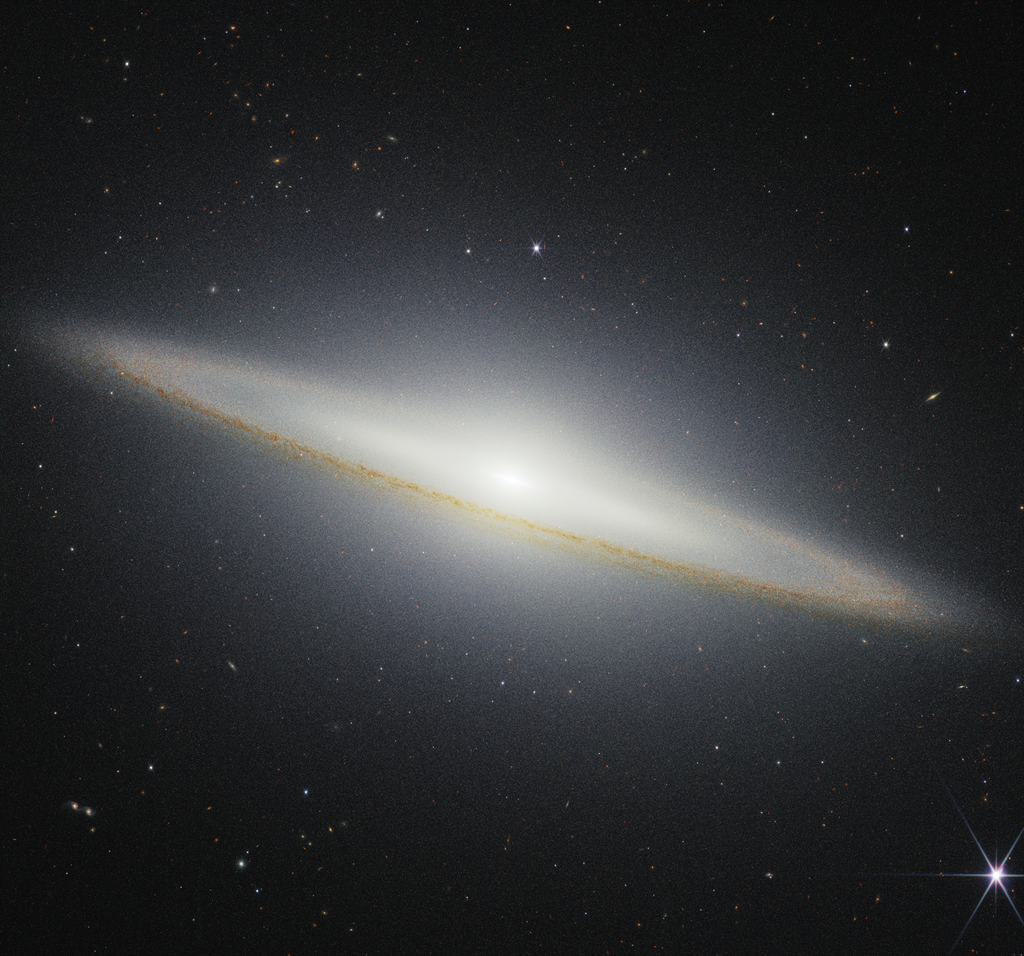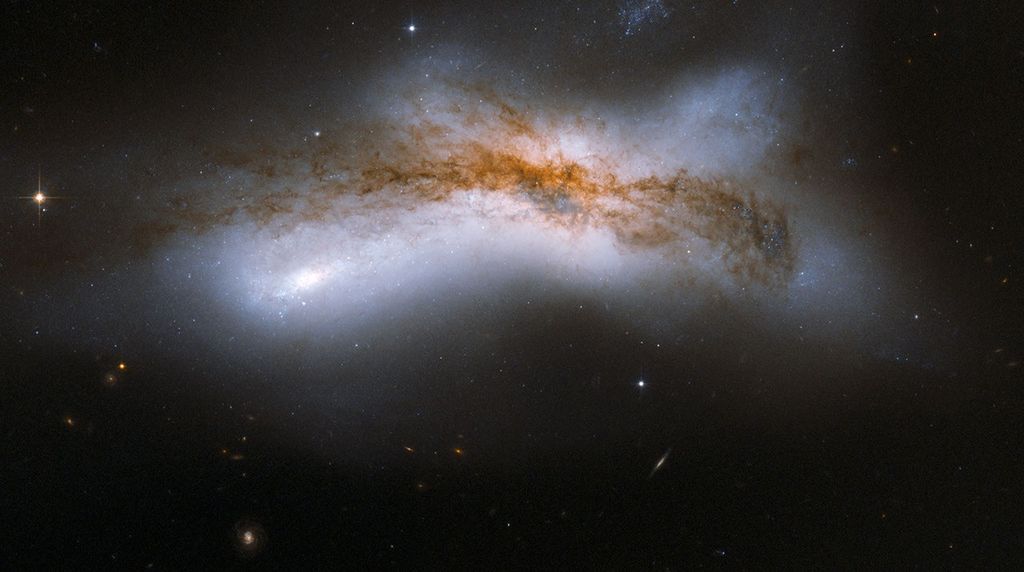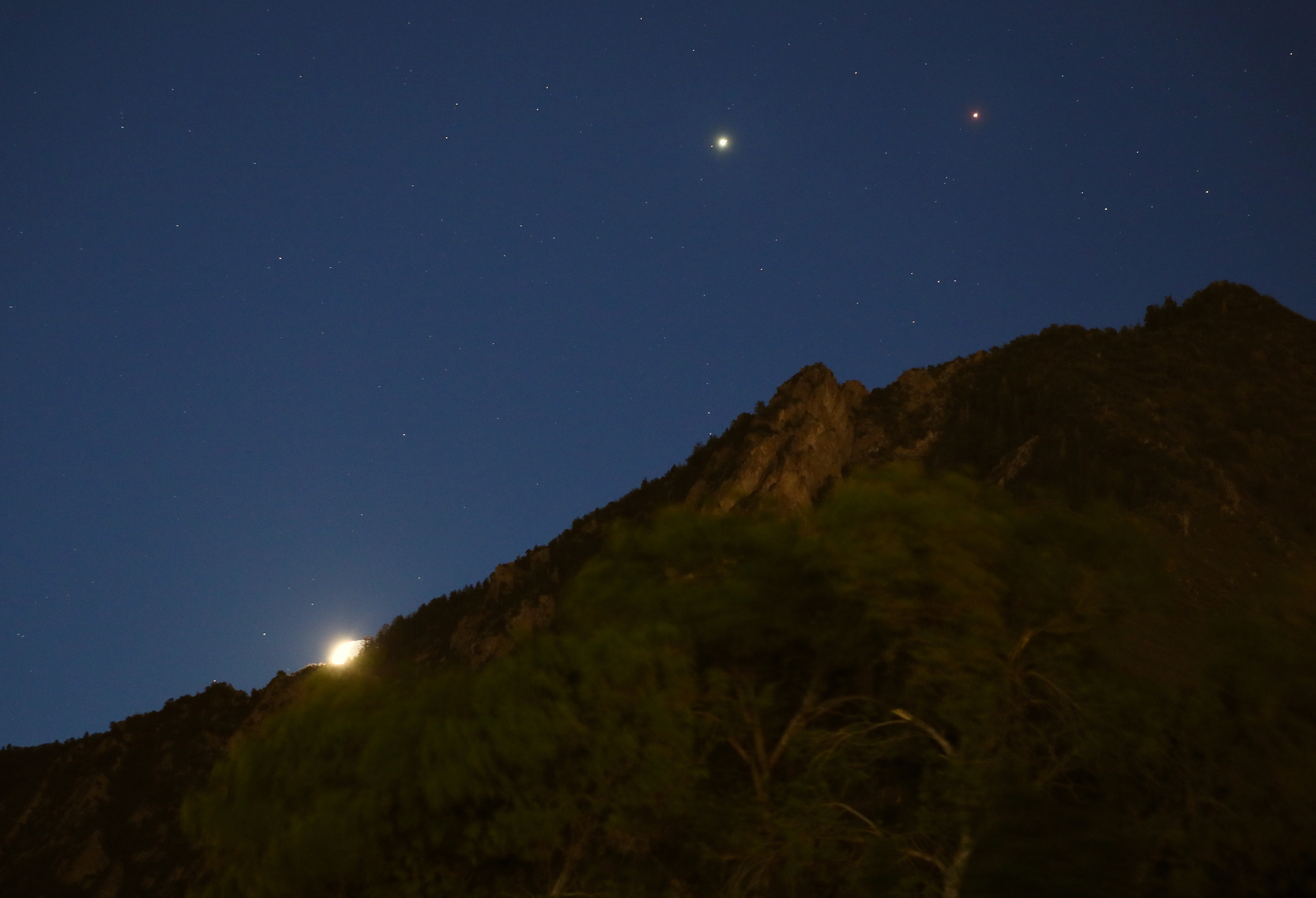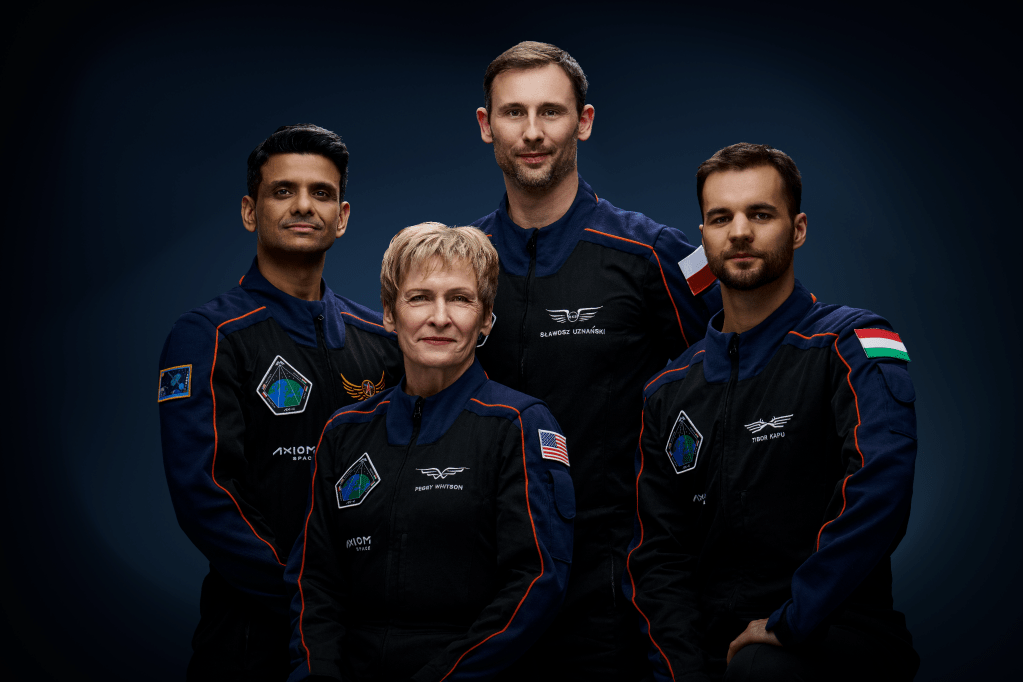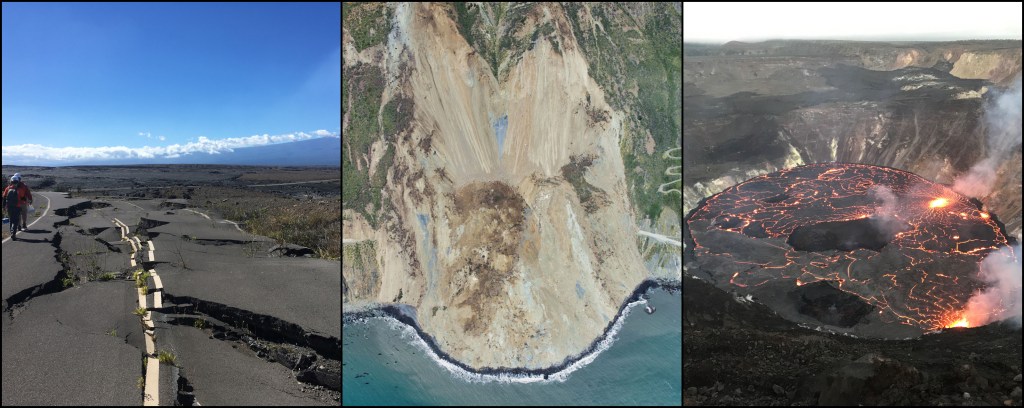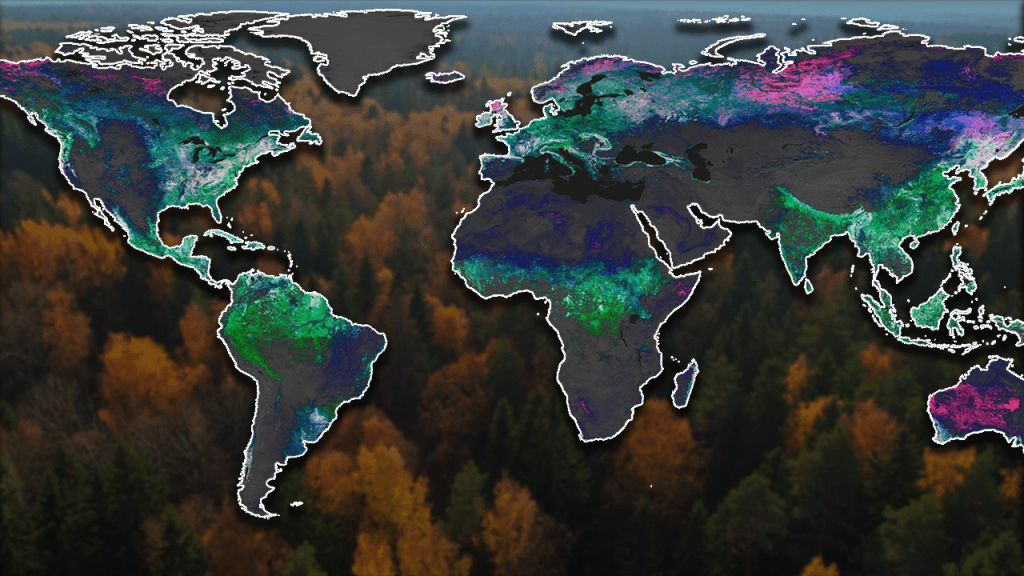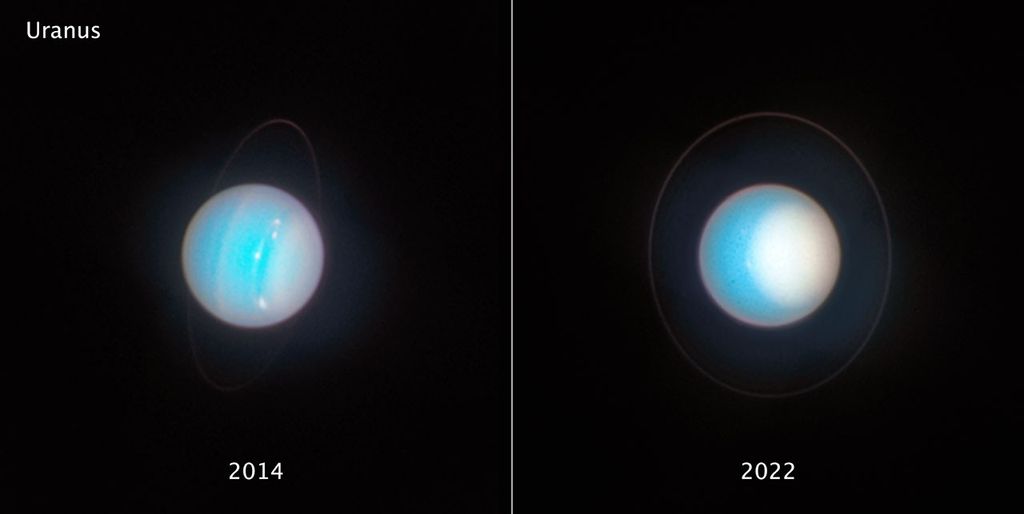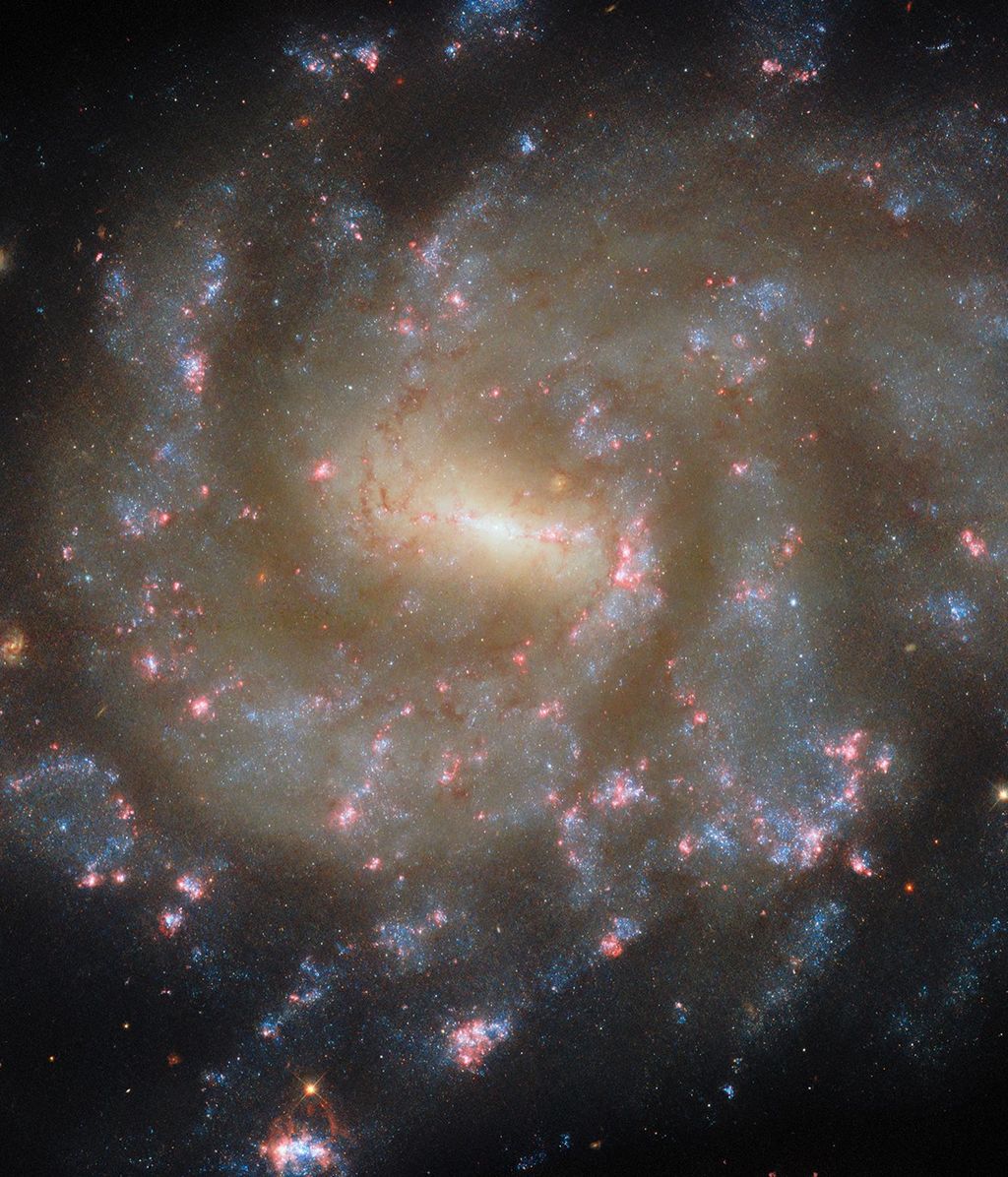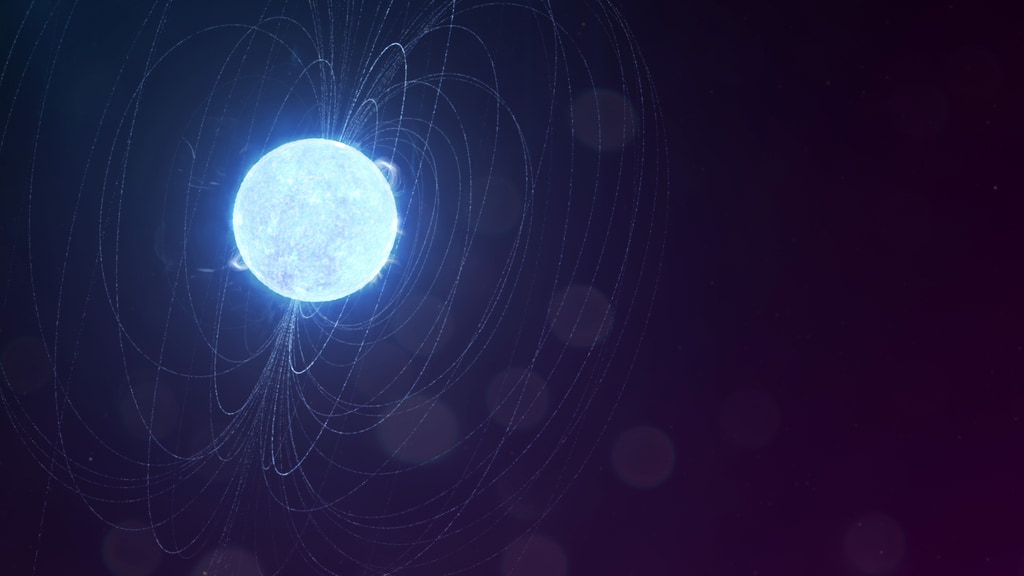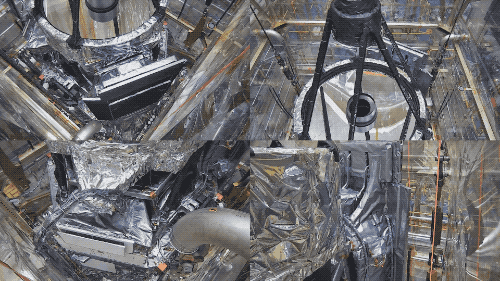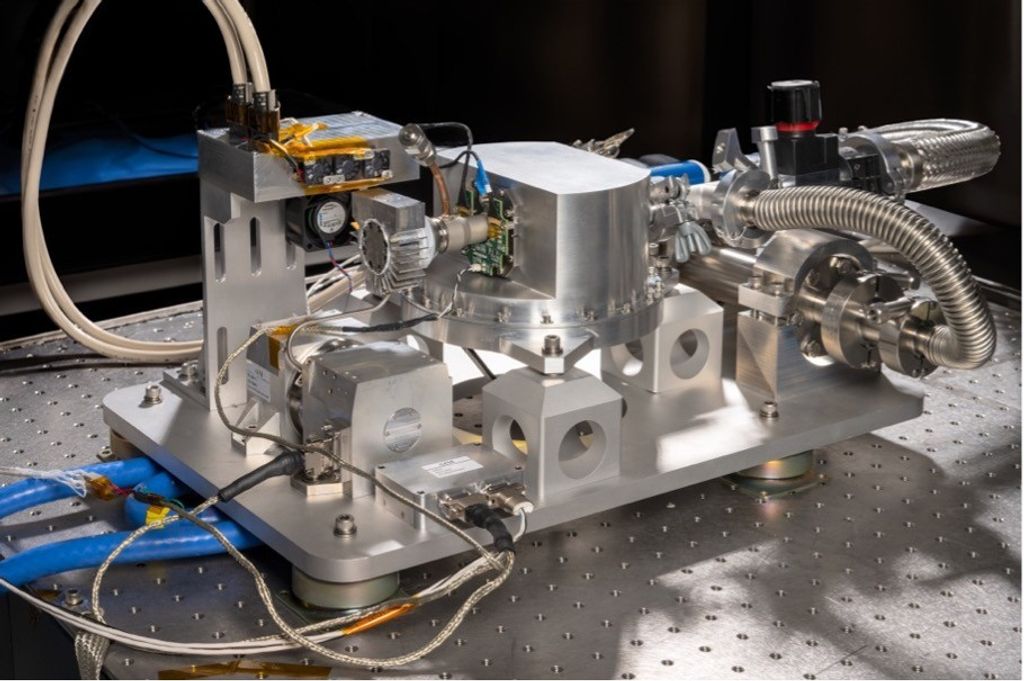Astronomers using NASA's Hubble Space Telescope have discovered evidence that clouds of hydrogen found between galaxies at distances of billions of light-years from Earth are at least ten times larger than previously thought - at least one million light-years in diameter - and may have a remarkable sheet-like structure.
Theorists will have to rethink explanations of how such large clouds exist, according to astronomers.
The new Hubble results shed light on the properties of these mysterious clouds, the true nature of which remains elusive more than 25 years after their discovery. Understanding this intergalactic material might give important clues to the nature of dark matter and processes occurring in the early universe, including galaxy formation.
The observations were conducted by Nadine Dinshaw, a graduate student at the University of Arizona Steward Observatory, Craig Foltz of the University of Arizona/Smithsonian Institution Multiple Mirror Telescope Observatory, Christopher Impey of the University of Arizona Steward Observatory, Ray Weymann of the Observatories of the Carnegie Institutions of Washington, and Simon Morris of the Dominion Astronomical Observatory, Victoria, British Columbia.
The intergalactic gas clouds are so diffuse they cannot be observed directly. The only signatures of their existence are the imprints they leave on the light from more distant background objects. Astronomers have used these signatures to detect the presence of the clouds and to measure some of their physical properties, but have been unable to discover information on cloud sizes and shapes.
"This information is crucial to any attempt to distinguish between the several theoretical explanations for the sites and mechanisms which produce the clouds," says Craig Foltz of the University of Arizona, Tucson, a member of the Hubble team who made the discovery.
Previous explanations have been that the clouds are the halos of primordial clumps of dark matter that they are the very outer halos of normal galaxies, or that they are produced by shock waves resulting from explosive galaxy formation.
"These Hubble results do not explain the details of how the clouds are produced, but they directly imply that the clouds are so large that none of the popular scenarios provides an entirely adequate explanation," Foltz says.
The team used Hubble's Faint Object Spectrograph at ultraviolet wavelengths to observe a pair of quasars - extremely luminous and distant objects - separated by an angle on the sky about one-twentieth the diameter of the full Moon. The clouds are detected by the dark absorption lines that they produce in the spectra of the light from the quasars. The quasars act like two flashlights seen from a distance of five billion to 10 billion light-years, shining through an intergalactic "forest" where the "trees" are the clouds.
A problem with such studies in the past has been in finding two quasars that are appropriately paired in the sky, roughly equidistant from the Earth and about equal in brightness. The team used the HST to study a pair of quasars bright at ultraviolet wavelengths but unsuitable for ground-based observations, since ultraviolet observations are impossible to make from Earth.
In the HST observations, several matching absorption lines were seen in the spectra of both quasars, implying that the clouds are at least large enough to cover the lines of sight to both quasars, or at least a million light-years in diameter, roughly ten times larger than previously thought. (By comparison, the luminous disk of our Milky Way Galaxy is about 100,000 light-years in diameter.) Detailed analysis of the observations allowed the team to estimate that the actual size of the clouds may be as much as twice as large, or two million light-years in diameter, and that they may take the form of huge filaments, sheets or flattened disks of material.
"These results were absolutely unexpected," Dinshaw says of the discovery. "We were just hoping to get upper limits on the size of these clouds. We never expected to see so many matches in the absorption lines (in the spectra of each of the quasars in the pair). We never expected the sizes of these clouds would be so large."
The team plans to confirm their discovery with more Hubble observations of this pair of quasars as well as other close pairs of quasars. They also have undertaken an extensive ground-based observing program to attempt to better understand both the properties of the clouds and their relationship to normal galaxies.
Their results appear in the January 19, 1995 issue of the science journal Nature.

